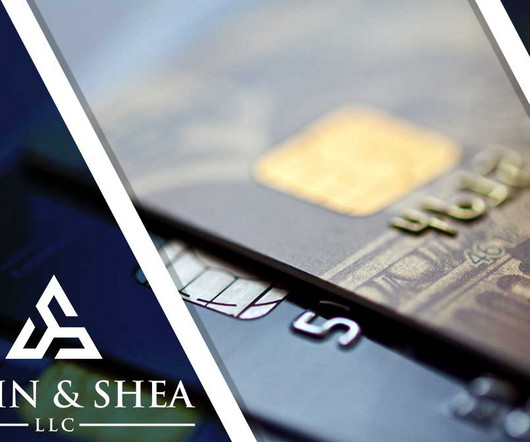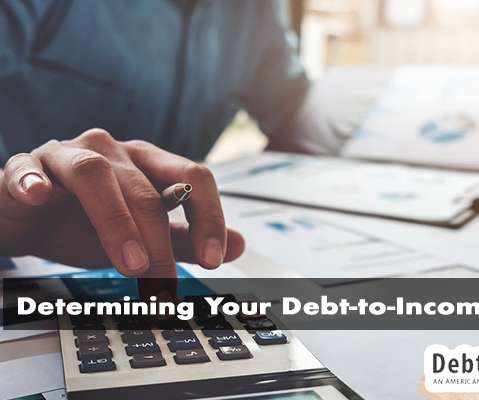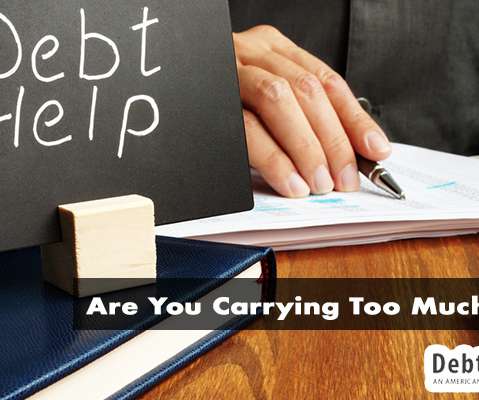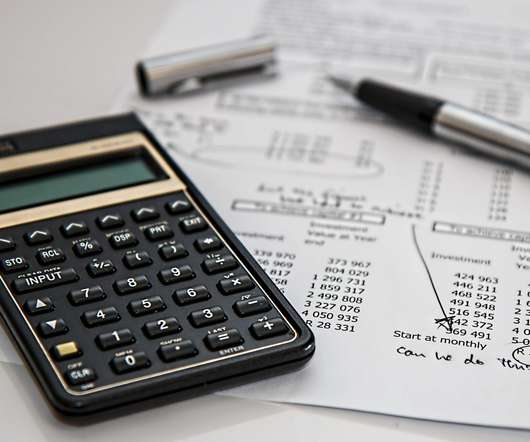Debt Consolidation vs Bankruptcy: Which is Better?
Sawin & Shea
MARCH 6, 2024
Being overwhelmed by debt is a stressful situation that can make it challenging to decide on the best path forward. Two of the most common options for dealing with unmanageable debt are filing for bankruptcy and pursuing debt consolidation. How Does Debt Consolidation Work?























Let's personalize your content